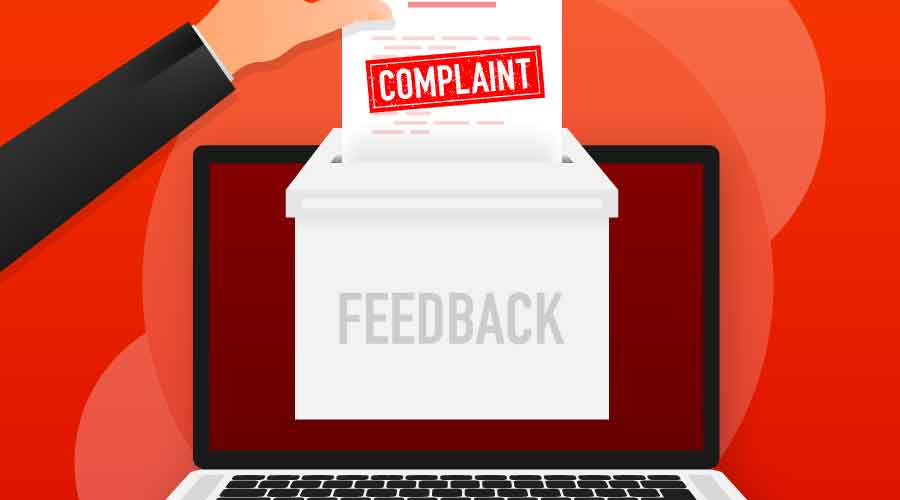Wastewater Reclamation Gains Ground in Water Efficiency Arena
One water-efficiency strategy that is being adopted elsewhere in the world, and is slowly gaining ground in North America, is wastewater reclamation at the facility level.
In North America, only facilities that are at the forefront of high-performance are pursuing the wastewater reclamation strategy, as a voluntary way to show what is possible in facilities. In Japan, by contrast, commercial buildings of significant size are required to put in water treatment and re-use systems within the building to re-use the water for non-potable purposes, Vassos says. This is not done for water conservation, per se, he says. “It’s primary reason is because the water infrastructure in the cities has such a limited capacity that in order to accommodate taller buildings and higher density they have to contemplate tearing up roadways to upgrade sewer and water lines. If you can have a building that goes in without a large utility footprint, that means you can have a higher density without having to upgrade the infrastructure.”
Wastewater re-use for non-potable applications is first often applied to toilet flushing, with the next likely use in laundry facilities or other uses where there is no direct human contact with the water. Bathing in refurbished water, while perfectly fine if engineered to that standard, still carries an “ick” factor for many.
In many communities in the U.S., “purple pipe” systems exist that extend non-potable water for irrigation purposes, fire suppression, etc. But decentralized small-scale plants within facilities have several advantages over municipal systems. First, the smaller plants can more easily take advantage of advances in technology than can a municipal treatment plant, says Vassos. In addition, wastewater treatment at the facility level allows water contamination issues to be identified and resolved at the source, rather than downstream where it is more difficult to pinpoint the source of the problem.
Currently, there is an ISO committee on water re-use, Technical Committee 282, and standards exist for packaged systems that range from less than 1 cubic meter a day to 15 cubic meters a day, where they certify the systems are able to treat mixed waste water and various types of gray water (laundry, bath, and mixed) to achieve a high-quality Class A water re-use standard that’s safe for non-potable water applications, says Vassos. It’s now up to local health authorities to determine how water from packaged systems can be used, he says.
Related Topics:














